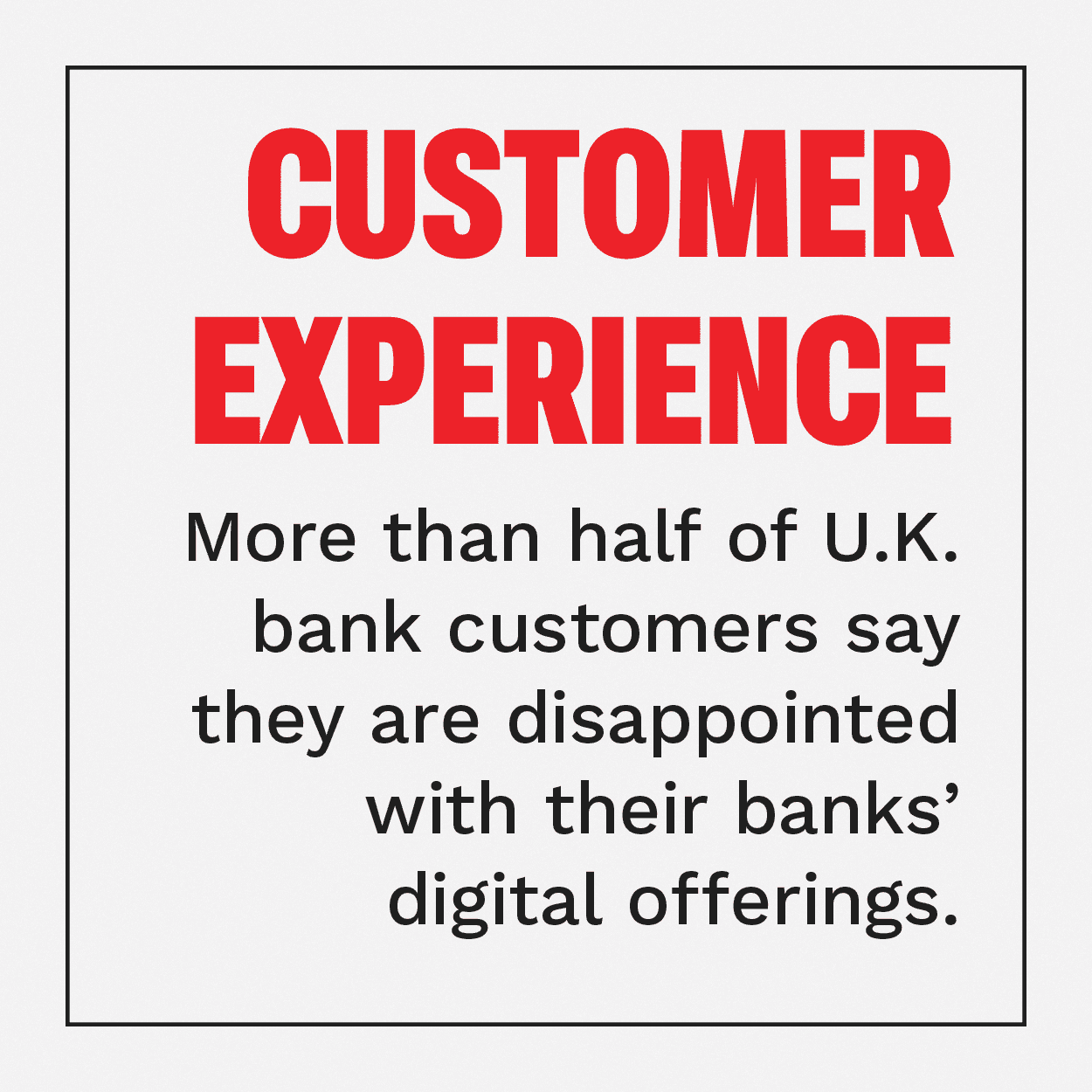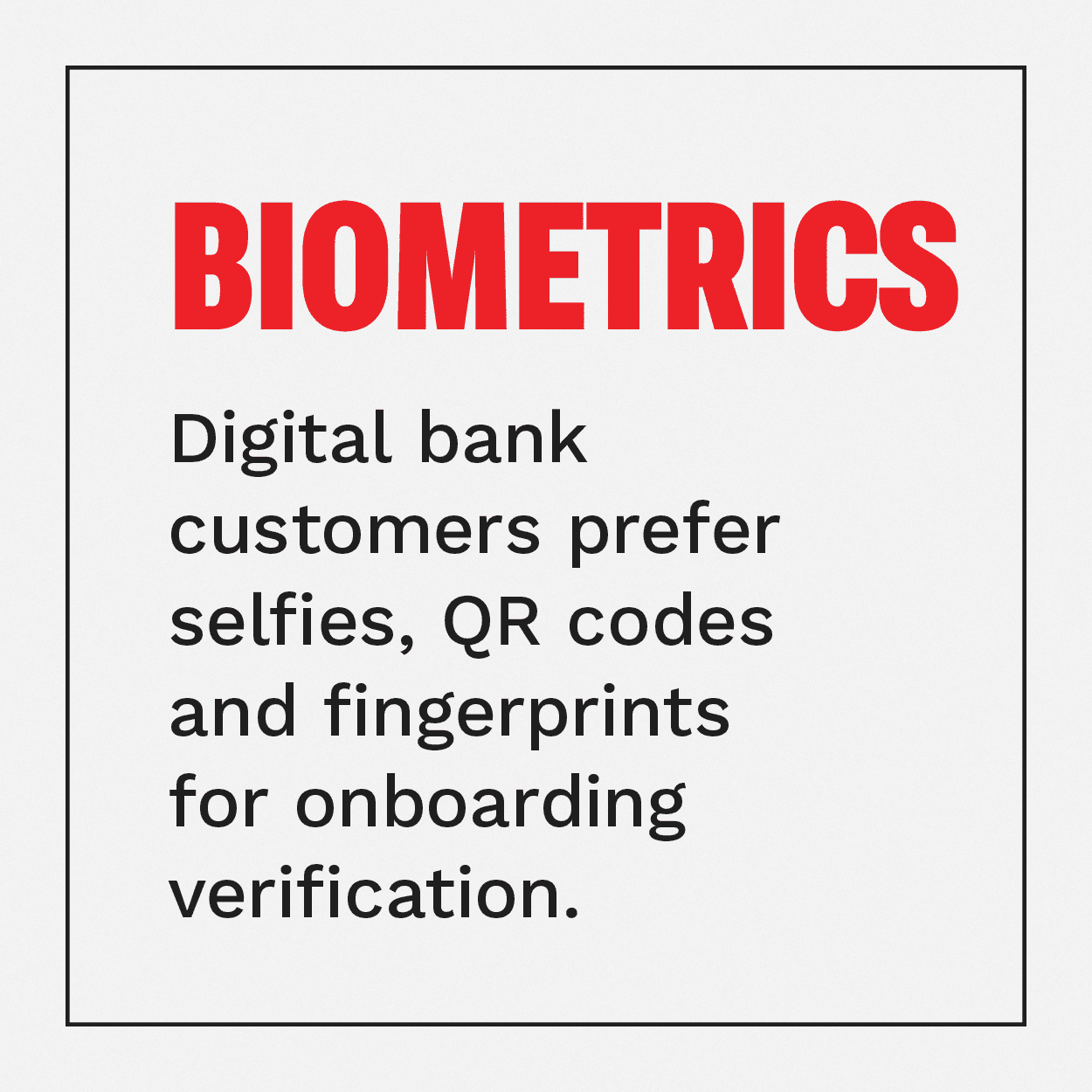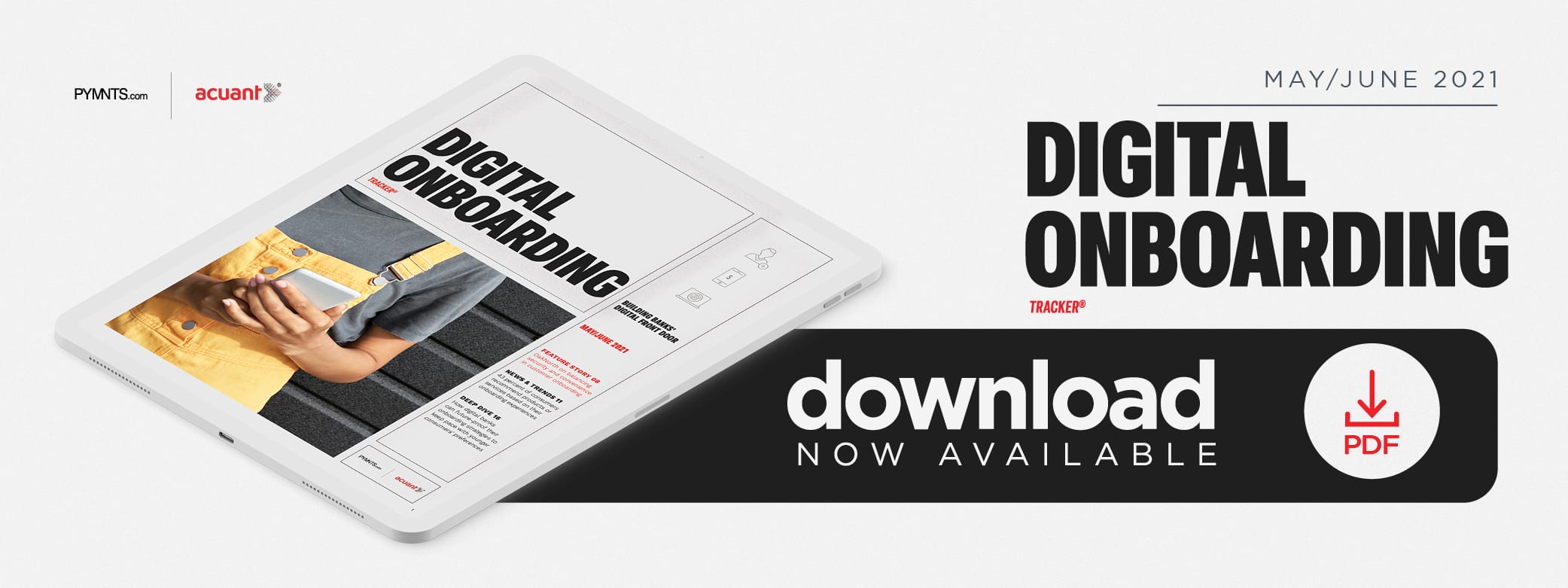Rather than abandoning digital banking entirely, consumers subjected to onerous onboarding processes instead seek out FIs that offer smoother customer experiences. Traditional FIs face growing competition from challenger banks and other digital-only institutions in this department, as customers seek seamless onboarding procedures that traditional FIs often cannot provide.
The May/June Digital Onboarding Tracker® explores the latest in the world of digital onboarding, including the frictions new bank customers face when signing up for service, the importance of onboarding when it comes to customer loyalty and retention and the advantages of biometric and machine learning (ML)-based systems in the financial onboarding world.
 Developments From Around The World Of Digital Onboarding
Developments From Around The World Of Digital Onboarding
Customer loyalty is critical to banks’ continued success, as satisfied customers are more likely to bring in new ones through positive word-of-mouth. A recent survey found that 43 percent of consumers would be willing to recommend products or services based on their onboarding experiences, for example. This trend was particularly pronounced among older customers, with 37 percent of consumers ages 55 and older expressing this opinion. In contrast, just 12 percent of those ages 18 to 34 said the same.
Some FIs are getting creative when it comes to seamless onboarding. Personalized text messages are one way banks improve their onboarding experiences and tailor them to their customers, with studies finding that customers are 134 percent likelier to respond to text messages than emails. Seventy-four percent of all smartphone users read every text they receive, making this channel extremely effective for customer communications.
Cloud-based identities are also becoming more prevalent in the onboarding field, with the cloud- based identity and management industry projected to hit nearly $10 billion by 2026 — up from $3 billion in 2020. This growth is being driven largely by the rising popularity of single sign-on (SSO) services, which allow customers to create accounts and log into various apps, websites and services using login credentials from third parties like Facebook or Google. The growth of these SSO solutions, in turn, is the increasing consumers’ awareness of identity fraud and other cybersecurity threats like social engineering attacks.
based identity and management industry projected to hit nearly $10 billion by 2026 — up from $3 billion in 2020. This growth is being driven largely by the rising popularity of single sign-on (SSO) services, which allow customers to create accounts and log into various apps, websites and services using login credentials from third parties like Facebook or Google. The growth of these SSO solutions, in turn, is the increasing consumers’ awareness of identity fraud and other cybersecurity threats like social engineering attacks.
For more on these and other digital onboarding news items, download this month’s Tracker.
OakNorth Bank On Taking A Balanced Approach To Onboarding Security And Seamlessness
Digital banking has exploded in popularity over the past year, without countless individuals enjoying these services for the first time. This means that more customers than ever need to onboard at financial institutions (FIs), however, and banks face the task of balancing security with customer convenience. In this month’s Feature Story, PYMNTS spoke with Sean Hunter, chief information officer at OakNorth, about how OakNorth Bank has streamlined its services to customers and deployed an ML-based system to prevent false positives.
 Deep Dive: Reducing Gig Workers’ Payroll Delays And Errors Using Automation And Real-time Functionality
Deep Dive: Reducing Gig Workers’ Payroll Delays And Errors Using Automation And Real-time Functionality
Millennials and Generation Z consumers represent more than $3 trillion in potential spending and investing, and these generations by and large prefer digital banking over traditional services. Seamless onboarding experiences will be critical to ensuring that these customers have smooth digital experiences, making it a key priority for banks. This month’s Deep Dive explores how banks are working to make younger consumers’ onboarding expectations a reality by supercharging their systems with data auto-complete functions and remote document authentication.
About The Tracker
The Digital Onboarding Tracker®, done in collaboration with Acuant, is your go-to monthly resource for updates on trends and changes in digital onboarding.

 Digital banking has become the new normal over the past year, with 71 percent of all financial institution (FI) customers now regularly banking online. Many of these customers have embraced online financial services for the first time and have had to undergo onboarding, which all too often includes time-consuming identity verification procedures, redundant application forms and sluggish processing times. Up to half of all bank customers have abandoned onboarding at some point in their lives due to these frustrations.
Digital banking has become the new normal over the past year, with 71 percent of all financial institution (FI) customers now regularly banking online. Many of these customers have embraced online financial services for the first time and have had to undergo onboarding, which all too often includes time-consuming identity verification procedures, redundant application forms and sluggish processing times. Up to half of all bank customers have abandoned onboarding at some point in their lives due to these frustrations.





